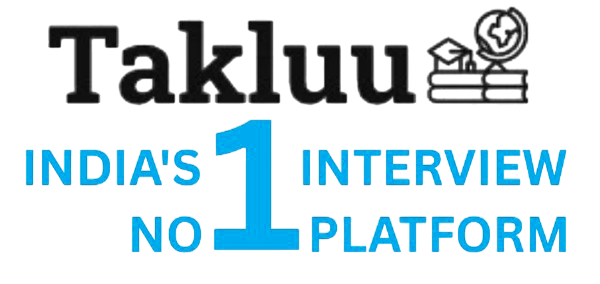To set a reminder mail in Outlook, create a new email, then click on "Options" in the ribbon. In the "Tags" group, click on "Follow Up" and select "Add Reminder." Set the date and time for the reminder, then click "OK" and send the email.

To set a reminder mail in Outlook, create a new email, then click on "Options" in the ribbon. In the "Tags" group, click on "Follow Up" and select "Add Reminder." Set the date and time for the reminder, then click "OK" and send the email.
Dynamic SQL is a programming technique that allows you to construct and execute SQL statements at runtime, rather than hardcoding them in your application. It enables the creation of flexible and adaptable queries by using variables and concatenating strings to form SQL commands.
Authentication in RESTful APIs can be implemented using methods like Basic Auth, OAuth 2.0, or JSON Web Tokens (JWT). Authorization is typically handled by checking user roles or permissions against the requested resource. For example, after authenticating a user, the server can issue a token (like a JWT) that the client includes in subsequent requests to access protected resources, where the server verifies the token and checks the user's permissions.
Rate limiting is a technique used to control the number of requests a client can make to a server within a specified time period. To apply it to REST APIs, you can implement mechanisms such as token buckets, leaky buckets, or fixed windows to track and restrict the number of API calls from a user or IP address, returning an error response when the limit is exceeded.
A URI (Uniform Resource Identifier) is a string that uniquely identifies a resource in a RESTful API, typically in the form of a URL. An endpoint is a specific URI where an API can be accessed by a client to perform operations (like GET, POST, PUT, DELETE) on the resource.
Some tools used to test RESTful APIs include Postman, Insomnia, SoapUI, JMeter, and Curl.
Statelessness in REST means that each request from a client to a server must contain all the information needed to understand and process that request. The server does not store any client context between requests, making each interaction independent.
In Apache SOAP, a fault is a specific type of message that indicates an error occurred during the processing of a SOAP request, while an exception is a programming error or issue that occurs in the code. Faults are part of the SOAP protocol for error handling, whereas exceptions are related to the application's internal logic.
A SOAP envelope consists of two main elements: the `<Envelope>` element, which is the root element that defines the XML document as a SOAP message, and the `<Body>` element, which contains the actual message intended for the recipient. Additionally, there can be a `<Header>` element for optional metadata.
SOAP messages are sent and received over a network using standard protocols like HTTP or SMTP. A client sends a SOAP request as an XML message to a web service endpoint, which processes the request and responds with a SOAP response message, also in XML format. The communication typically involves a request-response pattern, where the client waits for the server's response after sending the request.
HTTP Binding in SOAP refers to the use of the HTTP protocol to transmit SOAP messages between a client and a server. It allows SOAP messages to be sent as HTTP requests and responses, typically using POST method for sending messages and receiving responses. This binding facilitates communication over the web, enabling interoperability between different systems.
SOAP-DSIG (SOAP Digital Signature) is used to ensure the integrity and authenticity of SOAP messages by signing them, which helps in non-repudiation by proving that the sender cannot deny sending the message. SSL (Secure Sockets Layer) provides a secure channel over which the SOAP messages are transmitted, ensuring that the data is encrypted and protected from tampering during transit. Together, they ensure that the message is both securely transmitted and verifiably signed, supporting non-repudiation.
A Public Subnet is a subnet that has a route to the internet through an Internet Gateway, allowing resources within it to be accessed from the internet. A Private Subnet, on the other hand, does not have a direct route to the internet, meaning resources in it cannot be accessed directly from the internet.
EC2, or Amazon Elastic Compute Cloud, is a web service that provides resizable compute capacity in the cloud, allowing users to run virtual servers and manage applications on-demand.
An AMI (Amazon Machine Image) is a pre-configured template used to create virtual machines (EC2 instances) in AWS. It contains the operating system, application server, and applications needed to launch an instance.
Amazon Route 53 is a scalable and highly available Domain Name System (DNS) web service that translates domain names into IP addresses, helping to route end users to Internet applications.
A VPC (Virtual Private Cloud) is a virtual network dedicated to your AWS account, allowing you to launch AWS resources in a logically isolated environment.
